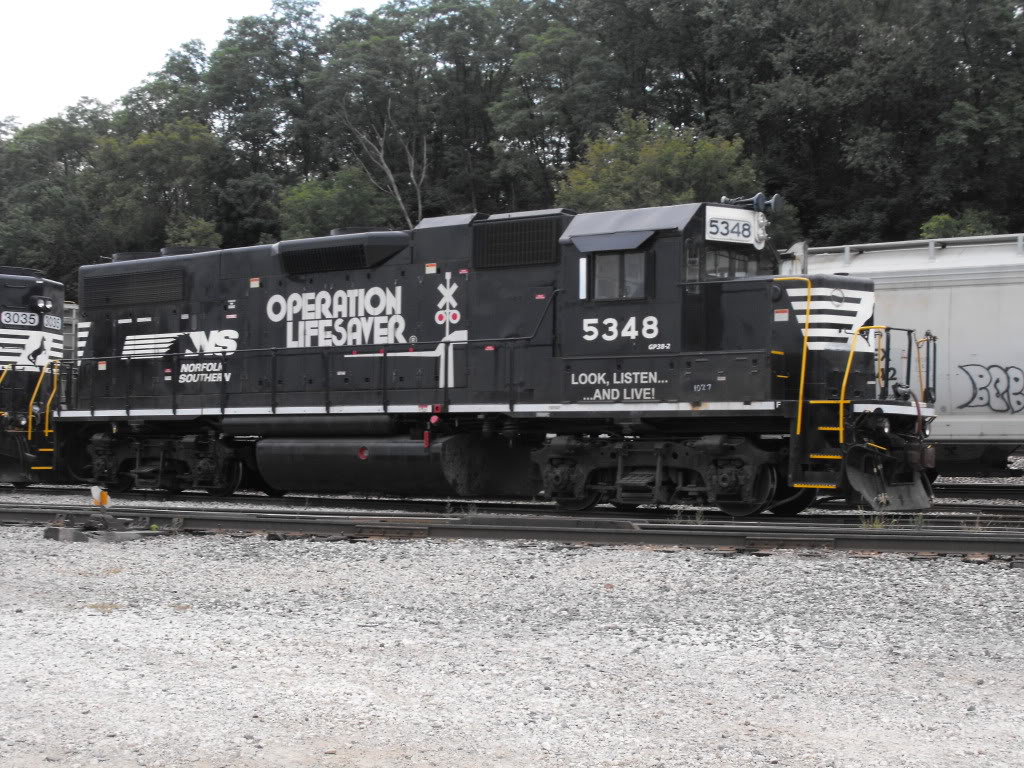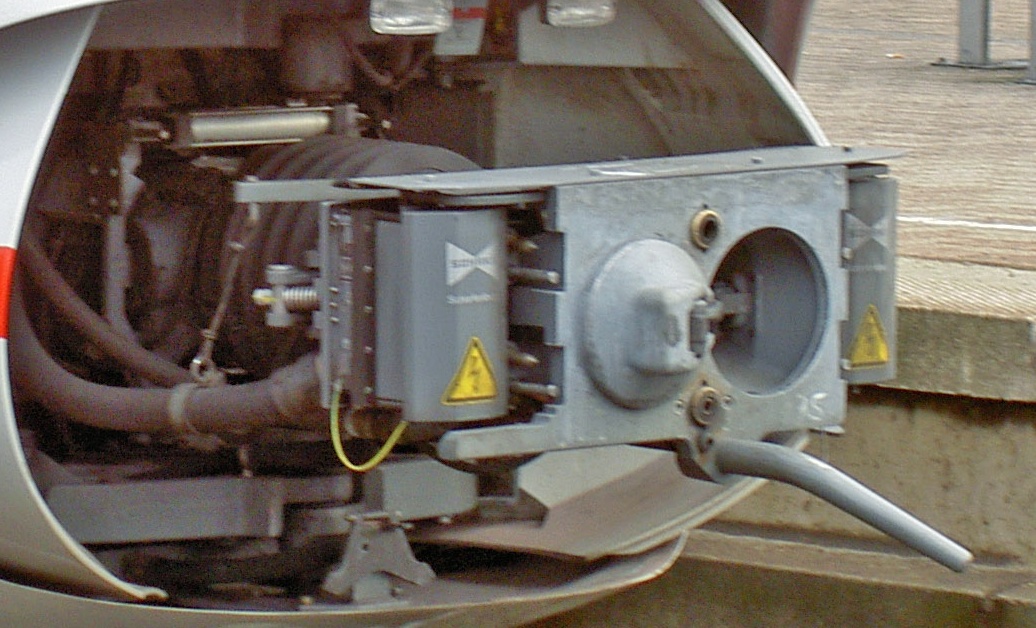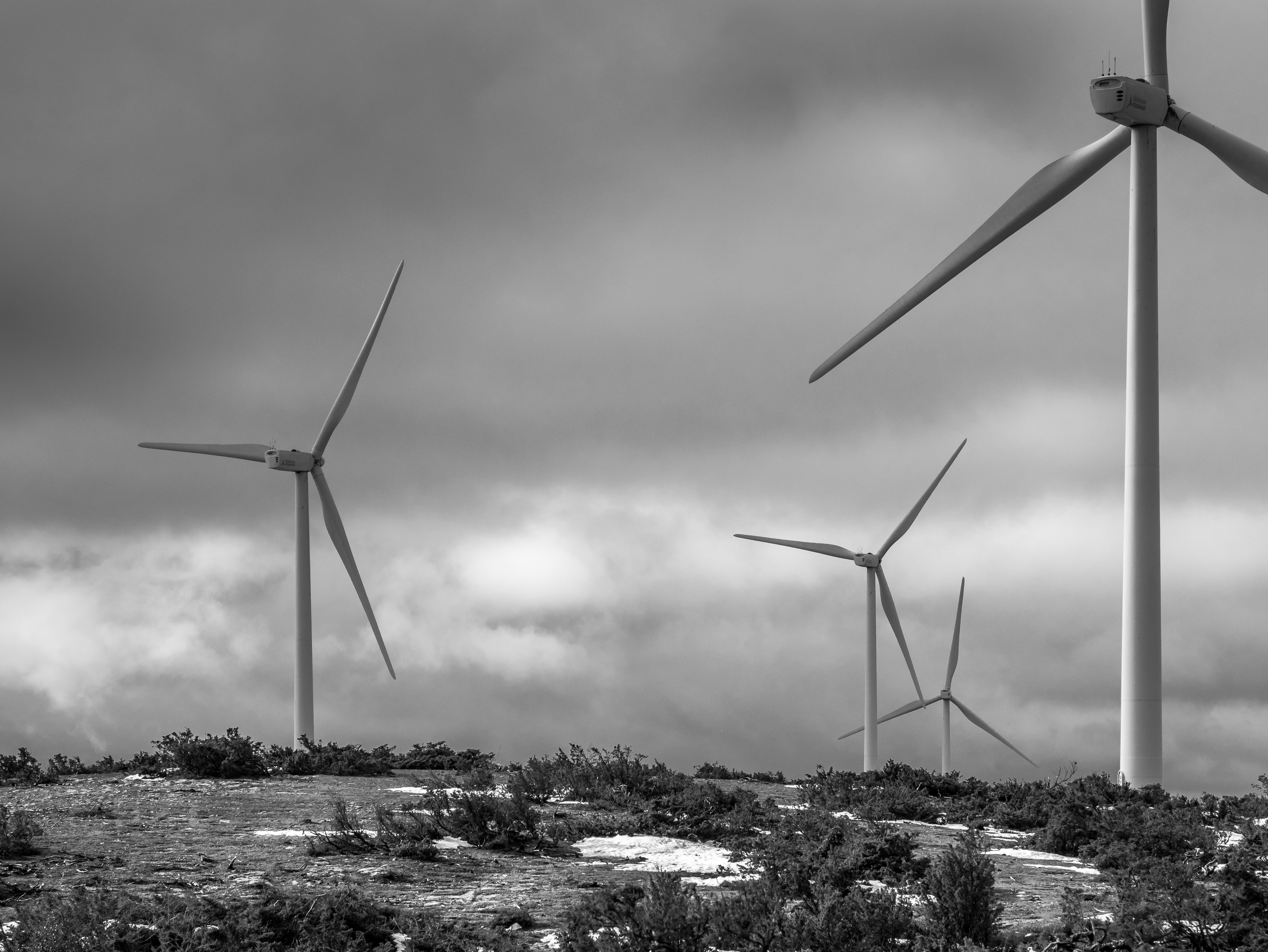|
Alstom Metropolis MR3V
MR3V/6V project name, for "Matériel Roulant 3 Voitures / 6 Voitures" (Rolling Stock 3 Cars / 6 Cars) are future rolling stock, to equip the new lines 15, 16 and 17 of the Paris Metro. Background In May 2018, the Société du Grand Paris announced that the manufacturer Alstom was approached to win the contracts for the trains on lines 15, 16 and 17 of the Grand Paris Express. The contract provides for the delivery of a maximum of 1,000 cars, which are divided into 133 six-car trains for line 15 and 50 three-car trains for lines 16 and 17, all based on the Metropolis. On 20 September 2018, the contract was officially signed with Alstom for the manufacture of rolling stock for a total cost of 1.3 billion euros and, quickly, a sketch of the design of this rolling stock was unveiled. The first 3-car sets were seen at the beginning of November 2021 in dynamic tests in the Alstom rail test centre in Valenciennes. Description The MR3V / MR6V are fully automated with open-gangway co ... [...More Info...] [...Related Items...] OR: [Wikipedia] [Google] [Baidu] |
Alstom
Alstom SA is a French multinational rolling stock manufacturer operating worldwide in rail transport markets, active in the fields of passenger transportation, signalling, and locomotives, with products including the AGV, TGV, Eurostar, Avelia and New Pendolino high-speed trains, in addition to suburban, regional and metro trains, and Citadis trams. Alsthom (originally Als-Thom) was formed by a merger between Compagnie Française Thomson-Houston and the electric engineering division of Société Alsacienne de Constructions Mécaniques in 1928. Significant later acquisitions included the Constructions Electriques de France (1932), shipbuilder Chantiers de l'Atlantique (1976), and parts of ACEC (Belgium, late-1980s). A merger with parts of the General Electric Company (UK) formed GEC Alsthom in 1989. Throughout the 1990s, the company expanded its holdings in the rail sector, via the acquisition of German rolling stock manufacturer Linke-Hofmann-Busch and Italian rail signall ... [...More Info...] [...Related Items...] OR: [Wikipedia] [Google] [Baidu] |
Valenciennes
Valenciennes (, also , , ; nl, label=also Dutch, Valencijn; pcd, Valincyinnes or ; la, Valentianae) is a commune in the Nord department, Hauts-de-France, France. It lies on the Scheldt () river. Although the city and region experienced a steady population decline between 1975 and 1990, it has since rebounded. The 1999 census recorded that the population of the commune of Valenciennes was 41,278, and that of the metropolitan area was 399,677. History Before 1500 Valenciennes is first mentioned in 693 in a legal document written by Clovis II (''Valentiana''). In the 843 Treaty of Verdun, it was made a neutral city between Neustria and the Austrasia. Later in the 9th century the region was overrun by the Normans, and in 881 the town passed to them. In 923 it passed to the Duchy of Lower Lotharingia dependent on the Holy Roman Empire. Once the Empire of the Franks was established, the city began to develop, though the archaeological record has still not revealed all it has to ... [...More Info...] [...Related Items...] OR: [Wikipedia] [Google] [Baidu] |
Alstom Metropolis
The Alstom Metropolis is a family of electric multiple units designed and produced by the French rolling stock manufacturer Alstom. It is designed for high capacity rapid transit or metro rail infrastructure systems. Trains can be run in various configurations, the length alone varying between two and ten cars; it is also suitable for both manned or unmanned operations. More than 4,000 Metropolis cars have been manufactured, the type is reportedly in service with 50 operators distributed around the world. Cities operating the Metropolis include Singapore, Shanghai, Budapest, Warsaw, Nanjing, Buenos Aires, São Paulo, Lima, Santiago, Barcelona, Guadalajara, Istanbul, Santo Domingo, Chennai, Kochi, Dubai, Lucknow, Sydney, Amsterdam and Xiamen. Design features Alstom's Metropolis family of electric multiple units is highly adaptable; the basic body can significantly vary in size between small, medium and wide configurations to meet a variety of client's needs. A typical trainset i ... [...More Info...] [...Related Items...] OR: [Wikipedia] [Google] [Baidu] |
Île-de-France Mobilités
Île-de-France Mobilités (ÎDF Mobilités), formerly ''STIF'', is the brand name of the ''Syndicat des transports d'Île-de-France'', the organisation authority that controls and coordinates the different transport companies operating in the Paris-area public transport network and rest of Île-de-France region. ÎDF Mobilités was created in 1959 and, since 2005, is a public establishment. It coordinates the operation of RATP Group, SNCF Transilien and the nearly 90 Optile-affiliated private bus companies. ÎDF Mobilités has real autonomy and, since 2005, is not dependent on the French Government. In June 2017, Valérie Pécresse, President of the Île-de-France , timezone1 = CET , utc_offset1 = +01:00 , timezone1_DST = CEST , utc_offset1_DST = +02:00 , blank_name_sec1 = Gross regional product , blank_info_sec1 = Ranked 1st , bla ... region and of the STIF, announced that the authority would chan ... [...More Info...] [...Related Items...] OR: [Wikipedia] [Google] [Baidu] |
Overhead Line
An overhead line or overhead wire is an electrical cable that is used to transmit electrical energy to electric locomotives, trolleybuses or trams. It is known variously as: * Overhead catenary * Overhead contact system (OCS) * Overhead equipment (OHE) * Overhead line equipment (OLE or OHLE) * Overhead lines (OHL) * Overhead wiring (OHW) * Traction wire * Trolley wire This article follows the International Union of Railways in using the generic term ''overhead line''. An overhead line consists of one or more wires (or rails, particularly in tunnels) situated over rail tracks, raised to a high electrical potential by connection to feeder stations at regular intervals. The feeder stations are usually fed from a high-voltage electrical grid. Overview Electric trains that collect their current from overhead lines use a device such as a pantograph, bow collector or trolley pole. It presses against the underside of the lowest overhead wire, the contact wire. Current collectors ar ... [...More Info...] [...Related Items...] OR: [Wikipedia] [Google] [Baidu] |
Pantograph (transport)
A pantograph (or "pan" or "panto") is an apparatus mounted on the roof of an electric train, tram or electric bus to collect power through contact with an overhead line. By contrast, battery electric buses and trains are charged at charging stations. The pantograph is a common type of current collector; typically, a single or double wire is used, with the return current running through the rails. The term stems from the resemblance of some styles to the mechanical pantographs used for copying handwriting and drawings. Invention The pantograph, with a low-friction, replaceable graphite contact strip or "shoe" to minimise lateral stress on the contact wire, first appeared in the late 19th century. Early versions include the bow collector, invented in 1889 by Walter Reichel, chief engineer at Siemens & Halske in Germany, and a flat slide-pantograph first used in 1895 by the Baltimore and Ohio Railroad The familiar diamond-shaped roller pantograph was devised and patented b ... [...More Info...] [...Related Items...] OR: [Wikipedia] [Google] [Baidu] |
Electrodynamic Brake
Dynamic braking is the use of an electric traction motor as a generator when slowing a vehicle such as an electric or diesel-electric locomotive. It is termed " rheostatic" if the generated electrical power is dissipated as heat in brake grid resistors, and " regenerative" if the power is returned to the supply line. Dynamic braking reduces wear on friction-based braking components, and regeneration lowers net energy consumption. Dynamic braking may also be used on railcars with multiple units, light rail vehicles, electric trams, trolleybuses, and electric and hybrid electric automobiles. Principle of operation Converting electrical energy to the mechanical energy of a rotating shaft (electric motor) is the inverse of converting the mechanical energy of a rotating shaft to electrical energy (electric generator). Both are accomplished through the interactions of armature windings with a (relatively) moving external magnetic field, with the armature connected to an electrical ... [...More Info...] [...Related Items...] OR: [Wikipedia] [Google] [Baidu] |
Regenerative Brake
Regenerative braking is an energy recovery mechanism that slows down a moving vehicle or object by converting its kinetic energy into a form that can be either used immediately or stored until needed. In this mechanism, the electric traction motor uses the vehicle's momentum to recover energy that would otherwise be lost to the brake discs as heat. This method contrasts with conventional braking systems. In those systems, the excess kinetic energy is converted to unwanted and wasted heat due to friction in the brakes, or with rheostatic brakes, where the energy is recovered by using electric motors as generators but is immediately dissipated as heat in resistors. In addition to improving the overall efficiency of the vehicle, regeneration can significantly extend the life of the braking system as the mechanical parts will not wear out quickly. General principle The most common form of regenerative brake involves an electric motor functioning as an electric generator. In elect ... [...More Info...] [...Related Items...] OR: [Wikipedia] [Google] [Baidu] |
Scharfenberg Coupler
The Scharfenberg coupler (german: Scharfenbergkupplung, abbreviated ''Schaku'') is a commonly used type of fully automatic railway coupling. Designed in 1903 by Karl Scharfenberg in Königsberg, Germany (today Kaliningrad, Russia), the coupler has gradually spread from transit trains to regular passenger service trains, although outside Europe its use is generally restricted to mass transit systems. The ''Schaku'' is superior in many ways to the AAR (Janney/knuckle) coupler because it also automates electrical and pneumatic connections and disconnections. However, there is no standard for the placement of these electro-pneumatic connections. Some rail operators have placed them on the sides while others have placed them either below or above the mechanical portion of the coupler. . Working principles The face of the Scharfenberg coupler has a protruding cone and a matching cup. Inside the cone there is a rigid metal hoop connected to a revolving, spring-loaded metal disk with a ... [...More Info...] [...Related Items...] OR: [Wikipedia] [Google] [Baidu] |
Paris Métro Rolling Stock
Paris () is the capital and most populous city of France, with an estimated population of 2,165,423 residents in 2019 in an area of more than 105 km² (41 sq mi), making it the 30th most densely populated city in the world in 2020. Since the 17th century, Paris has been one of the world's major centres of finance, diplomacy, commerce, fashion, gastronomy, and science. For its leading role in the arts and sciences, as well as its very early system of street lighting, in the 19th century it became known as "the City of Light". Like London, prior to the Second World War, it was also sometimes called the capital of the world. The City of Paris is the centre of the Île-de-France region, or Paris Region, with an estimated population of 12,262,544 in 2019, or about 19% of the population of France, making the region France's primate city. The Paris Region had a GDP of €739 billion ($743 billion) in 2019, which is the highest in Europe. According to the Economist Intelligenc ... [...More Info...] [...Related Items...] OR: [Wikipedia] [Google] [Baidu] |
Alstom Multiple Units
Alstom SA is a French multinational rolling stock manufacturer operating worldwide in rail transport markets, active in the fields of passenger transportation, signalling, and locomotives, with products including the AGV, TGV, Eurostar, Avelia and New Pendolino high-speed trains, in addition to suburban, regional and metro trains, and Citadis trams. Alsthom (originally Als-Thom) was formed by a merger between Compagnie Française Thomson-Houston and the electric engineering division of Société Alsacienne de Constructions Mécaniques in 1928. Significant later acquisitions included the Constructions Electriques de France (1932), shipbuilder Chantiers de l'Atlantique (1976), and parts of ACEC (Belgium, late-1980s). A merger with parts of the General Electric Company (UK) formed GEC Alsthom in 1989. Throughout the 1990s, the company expanded its holdings in the rail sector, via the acquisition of German rolling stock manufacturer Linke-Hofmann-Busch and Italian rail signalli ... [...More Info...] [...Related Items...] OR: [Wikipedia] [Google] [Baidu] |
.jpg)
.jpg)





